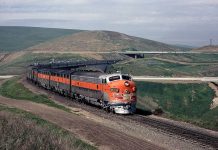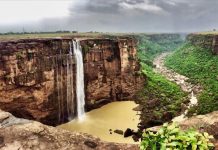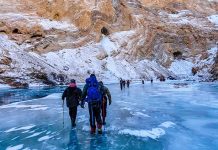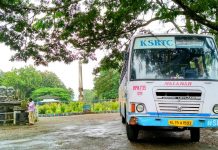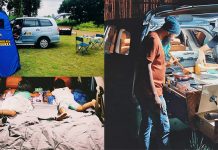India Nepal Sunauli Border Crossing Tips
The Sunauli border is the most popular entry point from India to Nepal, and vice-versa, when traveling overland. However, there’s nothing nice about it there. Nothing nice at all. On the Indian side, Sunauli is a dusty town in a poor and inhospitable part of Uttar Pradesh. The road through is clogged with heavily laden trucks and there are touts everywhere. It’s recommended that you make the border crossing as quickly as possible. Here are some tips for doing so.
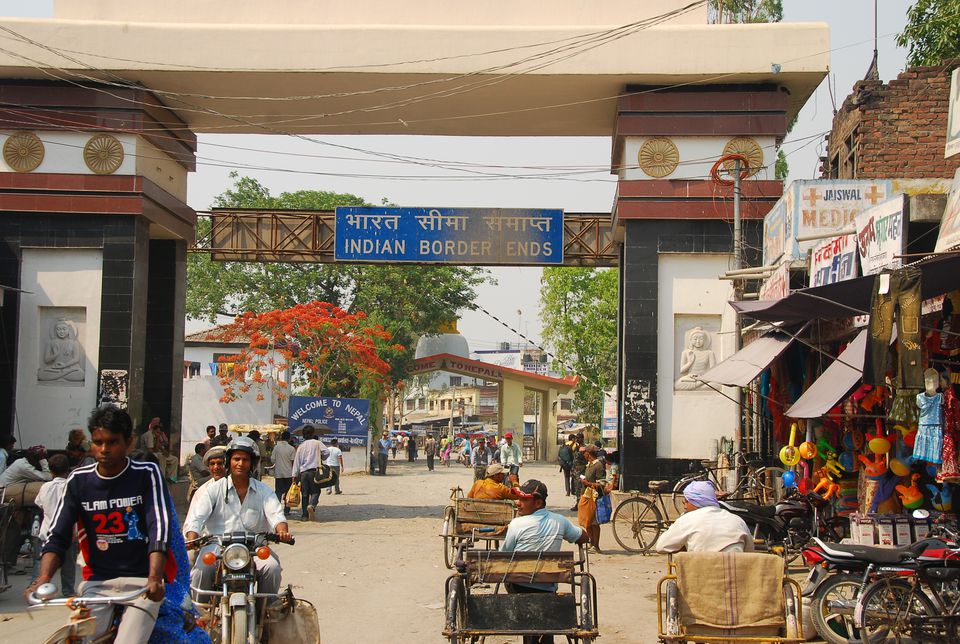
Sunauli Border Crossing from the Indian Side
If you arrive at the Sunauli border on the Indian side, you’ll have most likely come by bus from Varanasi or Gorakhpur (the closest train station, 3 hours away). The buses drop passengers in a parking lot a few hundred meters from the border. You can walk, but if you don’t want to, negotiate a cycle rickshaw to take you across. Ignore anyone trying to sell bus tickets, it’s much better to get them on the Nepal side.
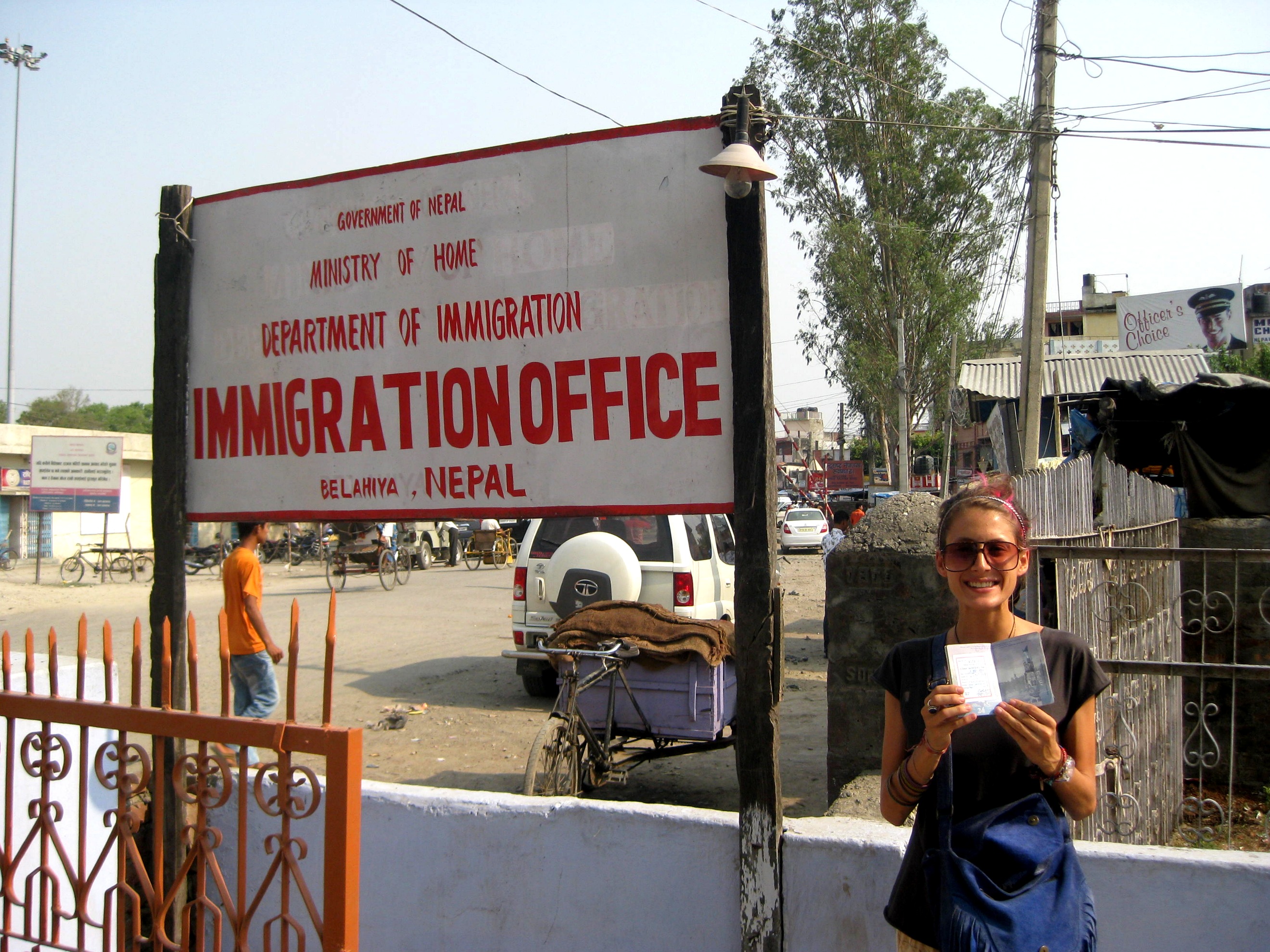
First stop is the Indian immigration office, on your right hand side before the border, to get a departure stamp in your passport. Second stop is the Nepali immigration office, again on your right hand side, a short distance after the border. Nepali visas on arrival are issued there. Lastly, you’ll want to organize onwards travel. Pokhara and Kathmandu are roughly the same distance away, around 8 hours or more.
There are a few options for getting there: shared jeep or minivan, or bus. There’s a bus station at Bhairawa, around 4 kilometers away from the border (take a cycle rickshaw). However, plenty of travel agents will approach you with offers of transport before that.
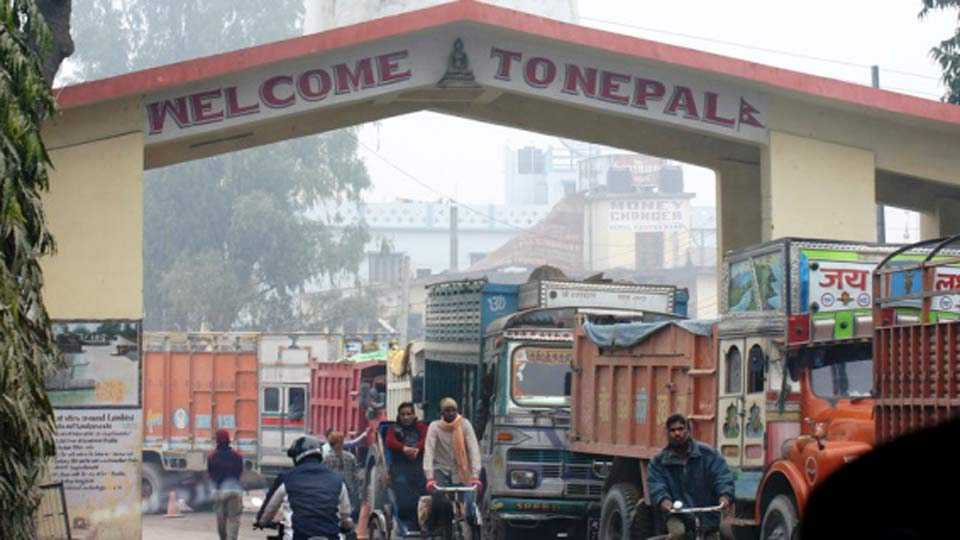
Day buses from Sunauli leave in the morning, up until 11 a.m., so aim to get there early.
Night buses, departing in the afternoon, take longer and arrive at their destination the next morning. You’ll also miss out on stunning views!
Sunauli Border Crossing from the Nepali Side
Most people arrive at the Nepali side of the border in the afternoon, having taken an early morning bus from Kathmandu. After clearing immigration, continue for around 5 minutes, and you’ll find a government bus stand on your right (look for buses with a blue stripe). Get on, and pay when you’re aboard.
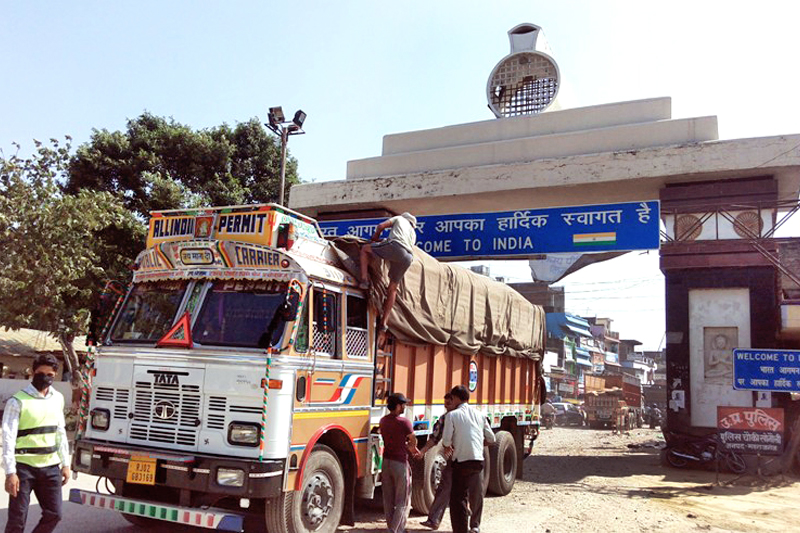
Buses to Gorakhpur will depart according to timetable, around every half hour. Although less than comfortable, you don’t have to worry about being ripped off by private bus operators. Shared jeeps also run to Gorakhpur, but don’t leave until full…very full. Often a dozen people will be rounded up and crammed in! The bus, although decrepit, is usually a better (and cheaper) option.
Additional Tips and Travel Warnings
The border is open 24 hours (but closes to vehicles at 10 p.m.). However, it’s best not to arrive there late at night. It can be dangerous, particularly on the Indian side. There are often reports of tourists being forced, and threatened with beatings, to buy overpriced onwards bus tickets and train tickets that they don’t need. In many cases, the train tickets are fake. Ignore anyone that approaches you.
When going from India to Nepal, carry $US with you to pay for your visa. Some people have reported paying in Indian rupees and also paying in Nepali rupees, but it’s better to be safe than sorry. Have a look at the Nepali Immigration website for the current Nepali visa application fees and the Nepali visa application form. Currency exchange facilities are available a little ahead of the Nepali immigration office, but watch out for scams involving fake money and black market operators giving poor rates. Indian rupees of denominations less than 500 can be widely used and exchanged in Nepal, particularly in Kathmandu and Pokara (500 and 2,000 Indian rupee notes are banned however, due to counterfeiting). Make sure you carry a couple of passport sized photos for your visa application as well.
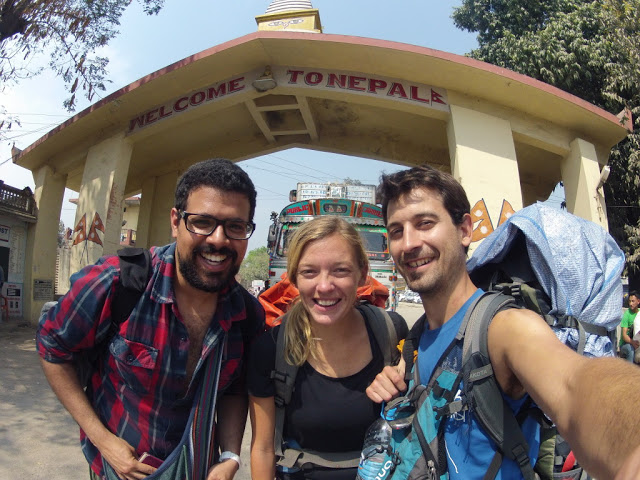
If you’re an Indian citizen, you don’t need a visa or a passport to cross the border. Acceptable documents include ration card, voters ID, and driver’s license with photo. However, you can cross the border anyway, no one will stop you. The same is the case for foreigners, so do keep an eye out for the immigration offices in order not to miss them!
Citizens of the following countries aren’t granted visas on arrival for Nepal: Nigeria, Ghana, Zimbabwe, Swaziland, Cameroon, Somalia, Liberia, Ethiopia, Iraq, Palestine, and Afghanistan.

